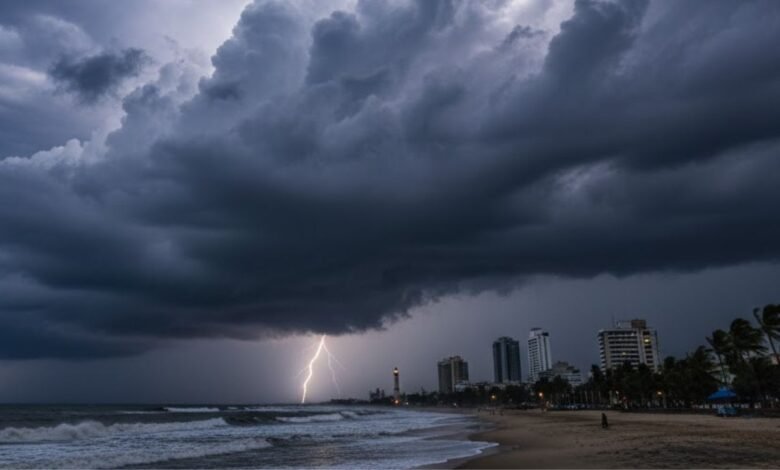
Northeast Monsoon Set to Arrive; Chennai Braces for Heavy Rains and Potential Cyclones
Chennai: The Northeast monsoon is expected to officially commence in Tamil Nadu within the next 24 hours, with forecasts indicating a season of normal to excess rainfall, particularly for the northern coastal districts, including Chennai. Experts attribute the likelihood of heavy downpours to the prevailing La Niña phenomenon in the Pacific Ocean.
According to the Indian Meteorological Department (IMD), northern districts such as Chennai, Tiruvallur, Chengalpet, and Kancheepuram are likely to receive more rainfall compared to southern districts this season. This continues a trend seen since 2020, where Tamil Nadu has consistently received above-normal rainfall during the northeast monsoon, often resulting in strong low-pressure systems and cyclones in the Bay of Bengal.
The La Niña Effect
Weather experts predict a high probability of strong low-pressure systems forming in the Bay of Bengal, which could put state administrators on high alert. The key driver is the La Niña effect, which involves the cooling of sea surface temperatures in the Pacific.
A study by Anna University’s Centre for Climate Change and Disaster Management explains that this phenomenon can intensify the monsoon here. Professor A. Ramachandran of the centre notes that dry winds traveling from the Pacific can pick up moisture as they cross Australia and Indonesia, forming more rain clouds as they reach the Bay of Bengal. The study warns that this could lead to very heavy rainfall in coastal areas from Kanyakumari to Tiruvallur and has advised government departments to take appropriate precautionary measures.
Expert Forecasts
Weather blogger Pradeep John also predicts a normal to excess rainfall season for Tamil Nadu, with at least two strong low-pressure systems expected to form between mid-October and early November.
Private weather forecaster Skymet has echoed these predictions, forecasting a “wetter than usual” season. Rainfall across Tamil Nadu, Kerala, and coastal Andhra Pradesh may exceed 112 percent of the long-period average.








